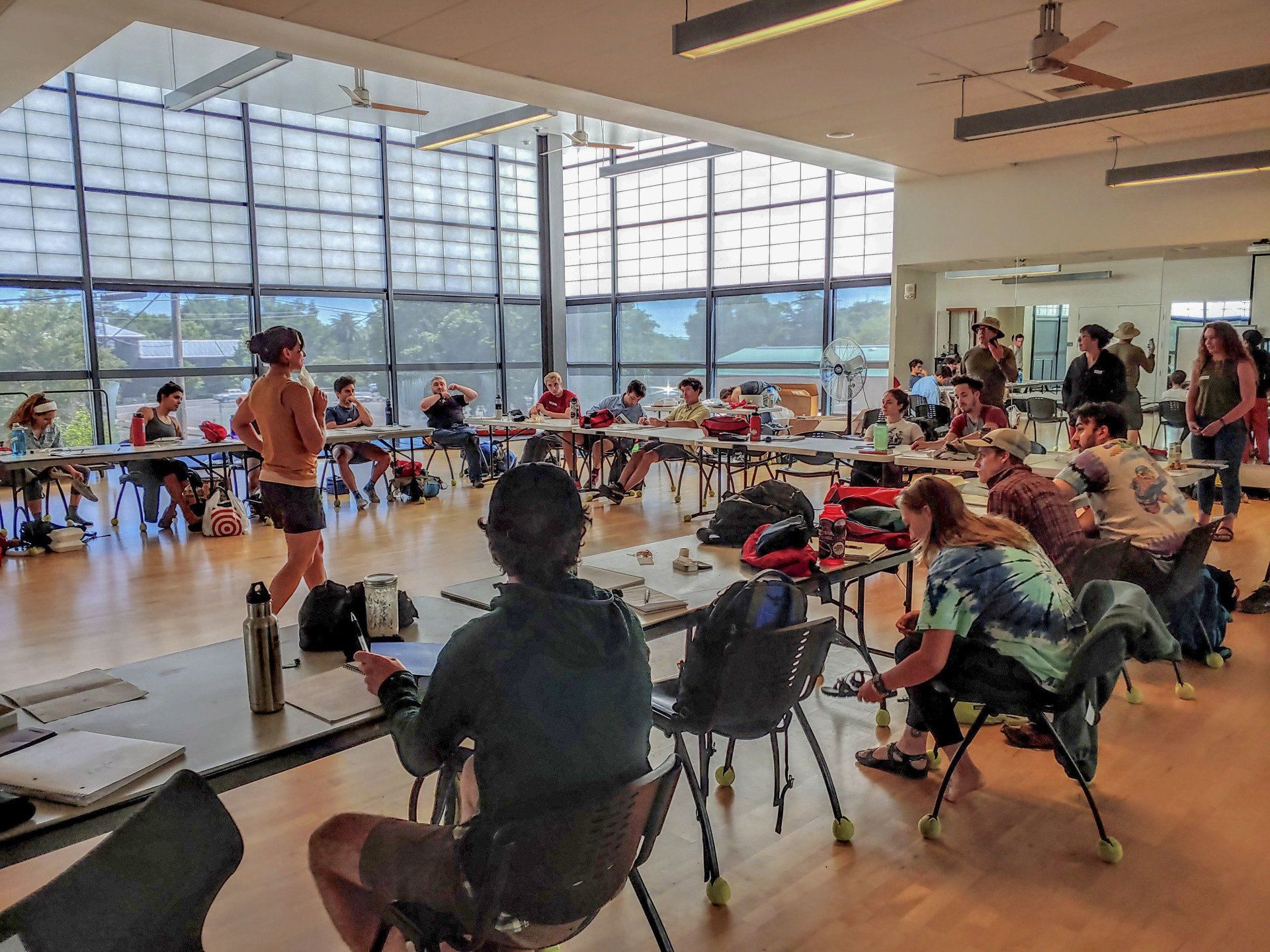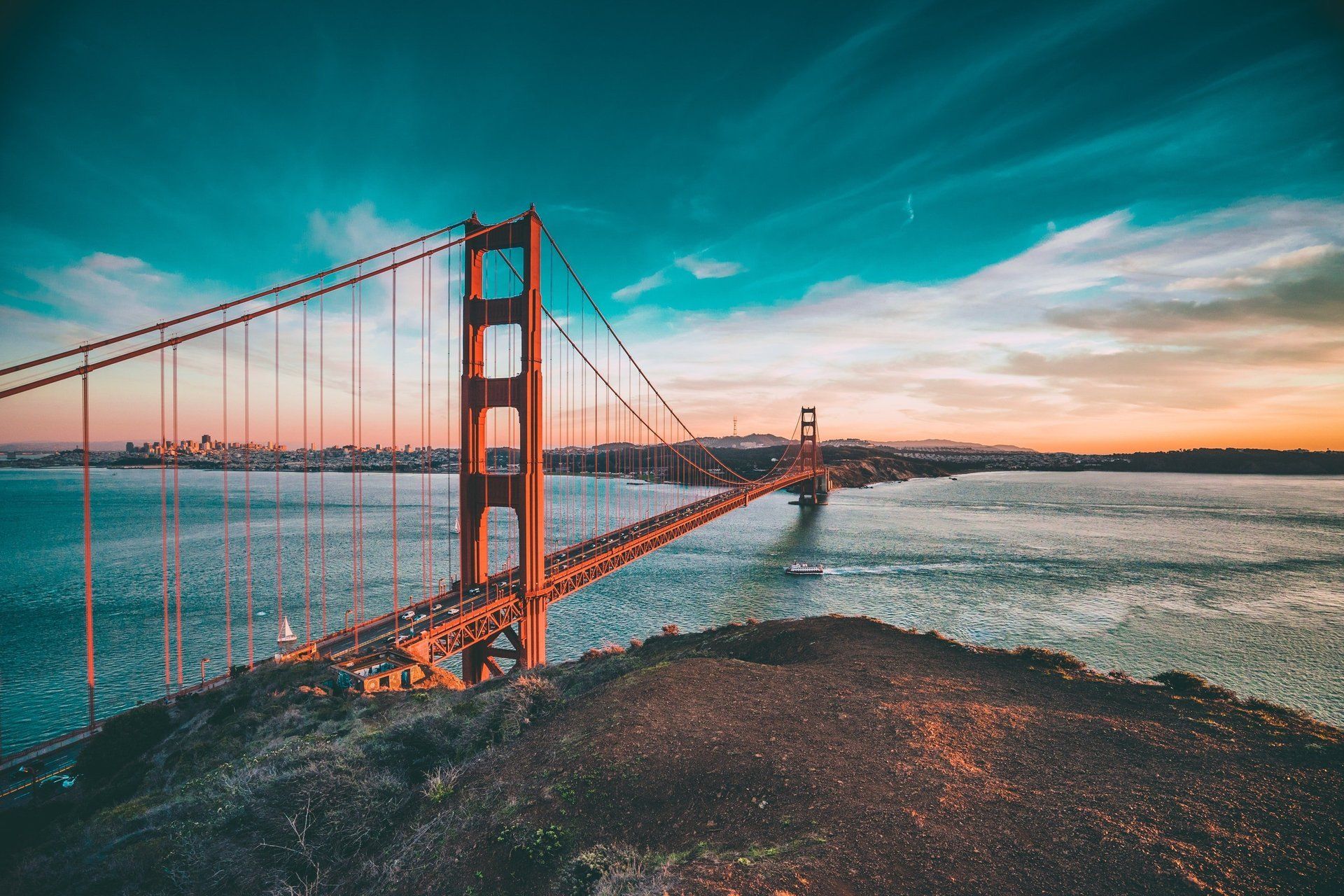SUSTAINABILITY INSIGHTS AUTHORED BY KEVIN
Articles discussing how to build a world-class sustainability program, and what types of situations & challenges you can expect to encounter along the way

As an adult watching the new remake nearly 25 years later, I was equally captivated.
As most who have seen the original Lion King can attest, it is chock full of invaluable life lessons. It effectively illustrates examples of leadership, courage, forgiveness, justice, faith and purpose, to name just a few. Like the original film from 1994, the remake did an excellent job of capturing and illustrating all of these lessons. This time around, one lesson that really stuck out to me, which I hadn’t caught in years past, was that of sustainability.
As a 31 year old who has dedicated my entire professional career to sustainability, I am constantly on the lookout for little gems of sustainability wisdom. Whether or not I intend to, I view just about everything through that lens…including Disney remakes of old classics. In this new version of The Lion King, I found one of these gems that I am always looking for. As a quick aside, if you have not seen the Lion King (original or remake), some of what lies ahead could spoil some of the movie for you. If you fall into that category, proceed with caution.
While in the movie theater, I didn’t have a pen and paper with me, and the lights weren’t on...so I was unable to take any notes or write down any quotes related to the gems of sustainability wisdom I witnessed. Since I was still thinking about the movie weeks later, I decided to go back and watch the original movie at home, so that I could take notes, pause and rewind as needed, and see if my observations about this classic movie truly held their own.


Earlier this month I completed an 80-hour wilderness medicine training course. It was filled with dozens of lectures, quarts of fake blood and no shortage of hands-on practice - both as a rescuer and a victim. There were approximately 22 students and two seasoned instructors. My classmates came from many different backgrounds, and included backcountry trip leaders and guides, search and rescue volunteers, nursing students, park rangers, and even one sustainability manager & consultant (guess who that was?). The 80 hour course was split evenly between in-class lecture and hands-on practice.


If you have not read Part 1 and Part 2 of this series, we suggest you go back and read them. They will give you a solid understanding of what sustainability is and why it is important for organizations like yours.

If you did not read the article from Part 1 of our “Introduction to Sustainability” Series, we encourage you to go back and read it. Doing so will provide you with more clarity and understanding as to why businesses were called upon to shift their practices in the first place.

This article is the first in a three-part “Introduction to Sustainability” Series covering:
- What sustainability is and how it evolved into what it is today
- How sustainable business became mainstream and why it's your greatest opportunity
- How to get started on your sustainability journey
The origin of “sustainability” comes from the word “sustainable,” which, according to dictionary.com, means “the ability to be sustained, supported, upheld, or confirmed.” It is derived from the words “sustain” + “able,” and usage dates as far back as the early 17th century. Sustainability is essentially another way of saying “built to last.”

Last month, Governor Brown signed into law Senate Bill (SB) 100 , a landmark 100% clean energy goal the state must achieve by 2045. In addition to SB 100, Brown issued an executive order establishing a carbon neutrality target that California must also reach by 2045.
One thing is certain, California is completely and unabashedly dedicated to addressing climate change, and intends to continue onward in its relentless pursuit of a carbon neutral economy. California’s stance on this issue is unlikely to change, and will likely grow stronger in the years to follow.
For many, the news of these regulatory updates were cause for celebration, while for others they were viewed with slightly less enthusiasm.
So what does all this mean for small- and mid-sized businesses residing within the Golden State’s borders? We believe it indicates a few different things:
- High emitters of greenhouse gases ( > 25,000 metric tons) will continue to be monitored and enforced under the California Air Resources Board (CARB) Cap-and-Trade Program. Allowable emission limits will grow more stringent with every passing year. Some small- and mid-sized businesses fall under this category.
- Medium emitters of greenhouse gases ( < 25,000 and > 10,000 metric tons) will continue to be monitored and will eventually have to comply with CARB’s enforceable Cap-and-Trade program. Many small- and mid-sized businesses fall under this category.
- Low emitters of greenhouse gases ( < 10,000 metric tons) will eventually be required to comply with both California’s Mandatory Reporting Regulation and Cap-and-Trade.
Although regulations for businesses emitting lower quantities of emissions ( < 25,000 metric tons) currently aren’t required to comply with Cap-and-Trade, many are still required to report their emissions to the state. It’s only a matter of time before unregulated businesses will lose their exemption. If California is to reach full carbon neutrality by 2045, emissions from every business, big and small, must be accounted for.
To top it all off, small- and mid-sized businesses residing in California already face countless other obstacles that our peers in neighboring states may not. From higher energy costs to higher labor costs, from limited access to a shrinking water supply to an increasingly complex regulatory environment, the obstacles are abundant. However, hope remains, and in spite of its ambitious climate policies, California remains the 5th largest economy in the world. We must be doing something right.
Three Ways Your California Based Business Can Address Regulatory Change:
California businesses have three different options: leave the state, go belly up or adapt and thrive. Many businesses have indeed left the state, which is a reasonable option for those capable of transitioning, but small- and mid-sized businesses generally don’t have that luxury. Others simply cannot keep up in this fast-moving and progressive economy. The third camp will see this as an opportunity to differentiate, evolve and create a competitive advantage. Businesses falling in this third camp share Valley to Summit’s Philosophy, and they’re the ones we’re going to focus on today.


